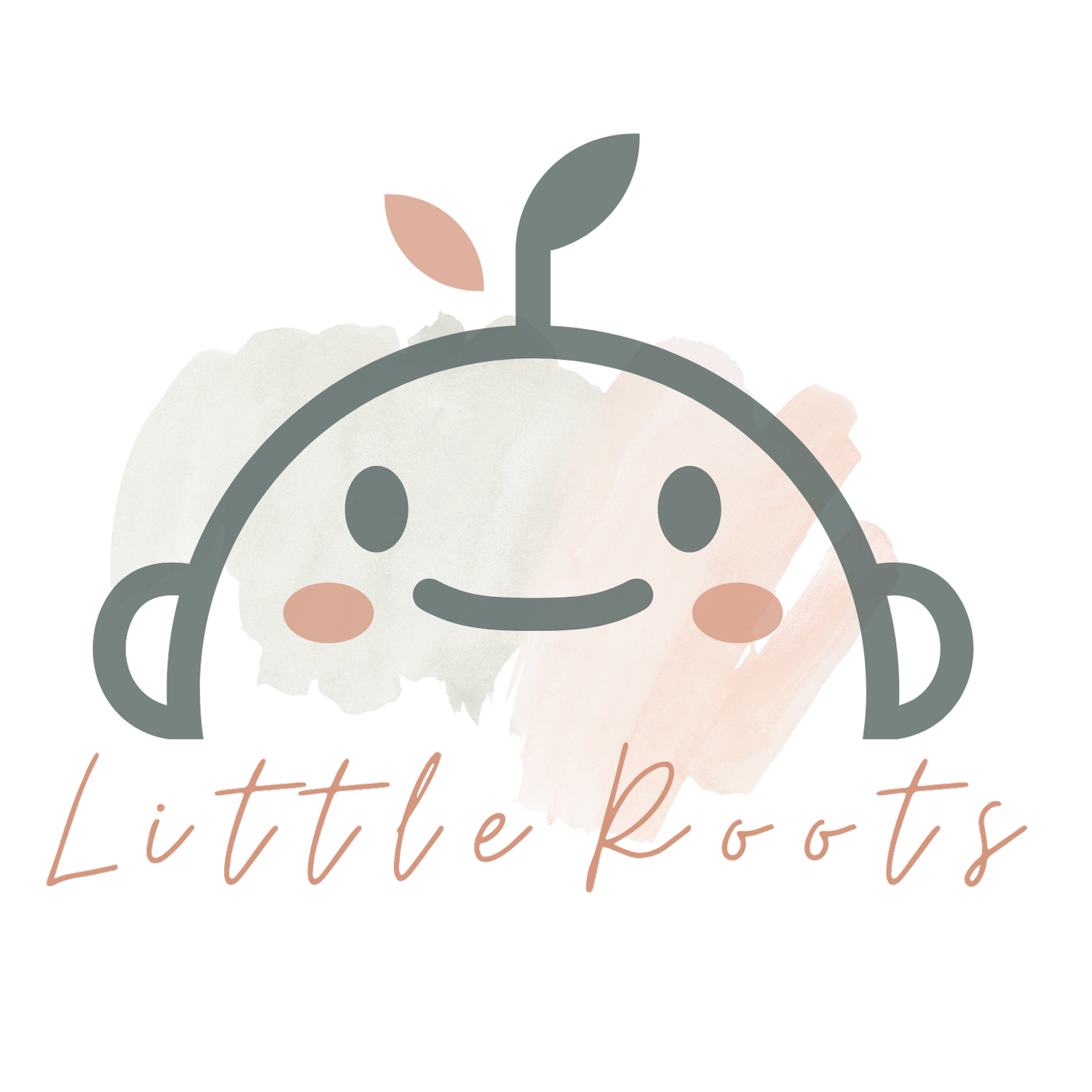Tongue Tie Support in San Diego: How Feeding Therapy Helps Babies with Oral Dysfunction and Tethered Oral Tissues (TOTs)
Feeding your baby shouldn’t be painful, confusing, or overwhelming.
But for many families, feeding challenges can turn a joyful experience into a stressful one. Whether you're a new parent navigating breastfeeding, bottle feeding, or a suspected tongue tie, you may be wondering questions like:
“Does my baby really need a tongue tie release? Why is this so hard? Or is there something else going on?”
This post will guide you through what Tethered Oral Tissues (TOTs) are, how they relate to infant oral dysfunction, and why feeding therapy—not surgery—is often the first and most important step.
What Are Tethered Oral Tissues (TOTs)?
Tethered Oral Tissues—often called TOTs—refer to tight or restrictive bands of tissue (called frenula) under the tongue, upper lip, or inside the cheeks. These restrictions may be labeled as:
Tongue tie (ankyloglossia)
Lip tie
Buccal (cheek) tie
When these tissues are too tight or thick, they can limit your baby’s oral movement—which may affect feeding, breathing, and oral development.
TOTs are structural, but their impact is functional. That means they can interfere with how your baby sucks, swallows, and coordinates during feeding.
Signs Your Baby May Have TOTs or Oral Dysfunction
If you're wondering whether your baby might be experiencing feeding difficulties, here are some signs to look out for:
Shallow or painful latch
Clicking or popping sounds while feeding
Leaking milk from the sides of the mouth
Overly short, long or frequent feedings without satisfaction
Fussiness, reflux, or frequent hiccups
Poor weight gain or slow growth
Falling asleep quickly during feeding
Gumming, chewing, or collapsing on the nipple
These symptoms often point to oral dysfunction—which may or may not be attributed to a tongue tie.
What Is Infant Oral Dysfunction?
Oral dysfunction happens when the muscles, nerves, oral structures, and reflexes involved in feeding aren’t working together efficiently. Feeding isn’t just about the tongue or latch—it’s a full-body process that relies on your baby’s ability to move, breathe, and respond to touch and movement in order to coordinate everything with ease.
Other Signs of Oral Dysfunction Include:
Poor tongue mobility (lifting, sticking out, cupping, moving side to side)
Weak or disorganized sucking patterns
Muscle tightness, poor suction or fatigue during feeds
Trouble coordinating sucking, swallowing, and breathing
Compensatory feeding mechanics (overactive lips, jaw, elevated shoulders, fisted hands/clenched toes)
Muted or overexaggerated feeding reflexes
Why Feeding Therapy Comes First
Before considering a tongue or lip tie release (frenectomy), it’s essential to first support the whole body and oral function through feeding therapy.
Feeding therapy for infants with oral dysfunction and tethered oral tissues (TOTs) is tailored, holistic, and collaborative. A skilled feeding therapist can assess your baby’s oral motor skills, posture, reflexes, and full-body movement as they relate to feeding. They also look at other important factors that may be impacting feeding—because ties are just one piece of the puzzle.
How well the facial and oral nerves (cranial nerves) are functioning
Reflexes that involve both the mouth and the whole body
Body tension, postural asymmetry, torticollis, or differences in head shape
Birth experiences and potential trauma
Digestive system function and gut health
How your baby processes touch, movement, and other sensory input
Other medical conditions
Prematurity
Developmental or maturational delays
Structural differences like a recessed jaw, high palate, or tongue/lip tie
A release procedure is not a quick fix. While a tongue tie may be part of the issue, a frenectomy only improves range of motion—it doesn’t automatically improve oral function.
That’s where feeding therapy comes in. It helps us look at the whole picture, uncover other contributing factors, and give your baby the foundation they need to feed more comfortably and effectively—whether or not a release ends up being a step in your journey.
Key goals of feeding therapy include:
✅ Improve Oral Motor Skills
✅ Address Whole-Body Movement and Developmental Skills
✅ Reduce Compensatory Movements & Elicit Novel Movements
✅ Prepare for (or Rehabilitate From) a Frenectomy
✅ Ensure Proper Timing of Release & Family Readiness
✅ Empower and Educate Parents
The Importance of a Team-Based Approach
The most successful outcomes come from a collaborative care team, which may include:
IBCLC (Lactation Consultant)
Feeding Therapist (OT or SLP)
Bodyworker – such as a craniosacral therapist, pediatric chiropractor, or therapist trained in manual therapy approaches related to infants and TOTs
Release Provider
*not all therapists are trained equally.
When to Seek Help
If you’re worried about your baby’s feeding, trust your instincts.
Consider reaching out to a feeding therapist if you notice:
Feeding feels stressful, painful, or inefficient
Your baby isn’t gaining enough weight
Your baby tires quickly or needs frequent breaks during feeds
Shallow latch or early popping off the breast or bottle
A known or suspected tongue tie or lip tie
Final Thoughts
When infant oral dysfunction or tethered oral tissues (TOTs) interfere with feeding, therapy offers a compassionate & supportive way forward. With the right help, babies can learn to feed more comfortably and efficiently—and families can feel more confident and empowered.
Need Support in San Diego?
Little Roots OT is here to support you and your baby.
Carmen is a pediatric occupational therapist with advanced training in infant neurodevelopment, feeding, and gentle bodywork techniques—including Craniosacral Therapy and Total Motion Release.
She provides thoughtful, whole-body care for babies facing feeding challenges and supports families both before and after frenectomy procedures.
With a focus on the big picture, Carmen walks alongside you through every stage of your baby’s development—helping you feel confident, informed, and supported.
Ready to get started? Schedule a free discovery call!


